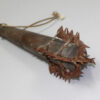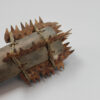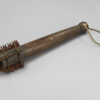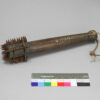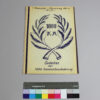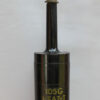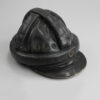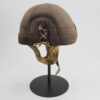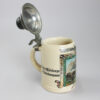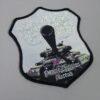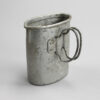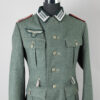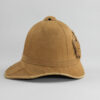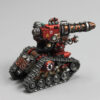Melee club
Inventory number: 4.8
As the war of movement on the Western Front solidified into a trench system during the First World War, battles were increasingly fought from a distance. Most soldiers did not die in the face of the enemy, but from artillery fire, machine gun bullets and bombs. Massed attacks at specific points, preceded by artillery fire on the positions, were intended to achieve breakthroughs, which often caused high casualties among the attackers. Smaller raids of enemy trenches were also used to take prisoners who could be interrogated about the plans and locations of the enemy troops.
Even if only a few soldiers were injured and killed by such attacks in relation to the total number, the fear was still great and many soldiers felt inadequately equipped for this type of combat: Rifles were usually too long and unwieldy for the narrow trenches and hand grenades had to be used carefully to avoid injuring themselves. Before daggers were officially issued as equipment in 1915, soldiers often made improvised weapons by sharpening their spades or making medieval-looking percussion instruments.
The melee club in our collection was made from a piece of wood and metal parts that were probably found in the trenches. Many of these custom-made clubs are made from found materials such as barbed wire, bullet fragments, saw blades and nails. With the loop at the end, the melee club could always be carried on the belt or wrist. Whether it was actually carried during an attack or used as a defensive weapon is unknown. In any case, these types of weapons had a psychological function: they could have a calming effect, as the owners felt prepared and armed for a possible enemy attack. By preparing for man-to-man combat, they also countered the feeling of being at the mercy of others and helplessness in the anonymous industrialized battles.
Object of the month
(short) stories from the depot
Unfortunately, many objects cannot currently be shown in the exhibition for conservation reasons. Here you will find unusual objects and exciting stories of special pieces from the depot


